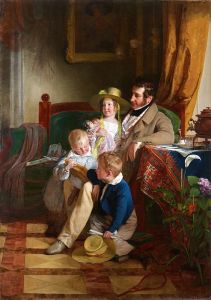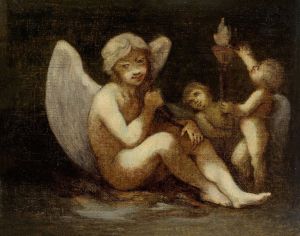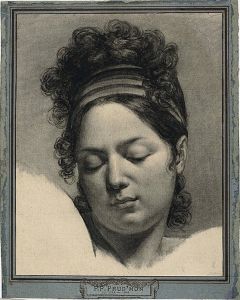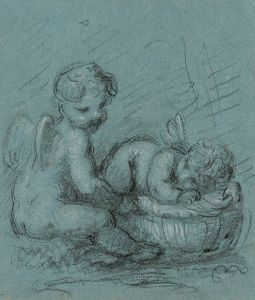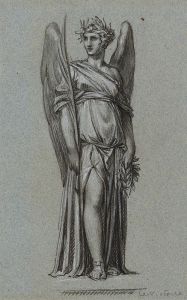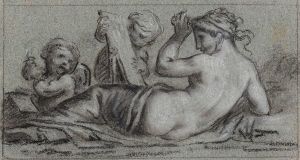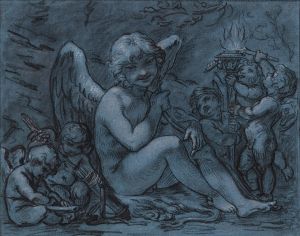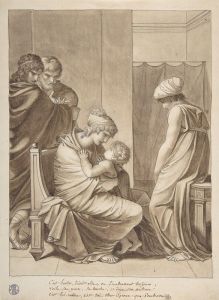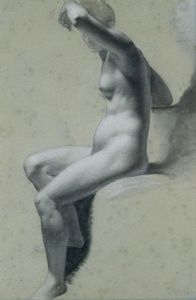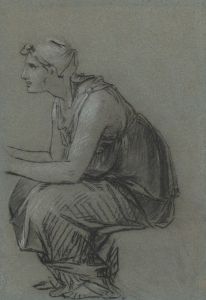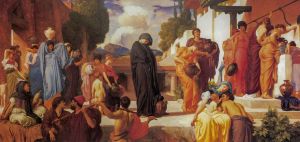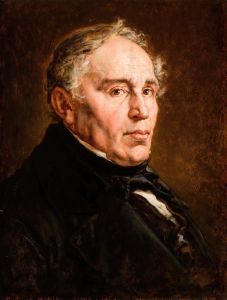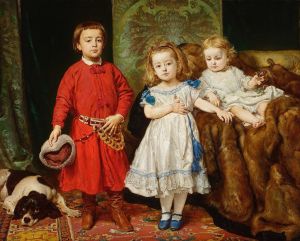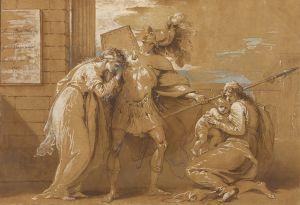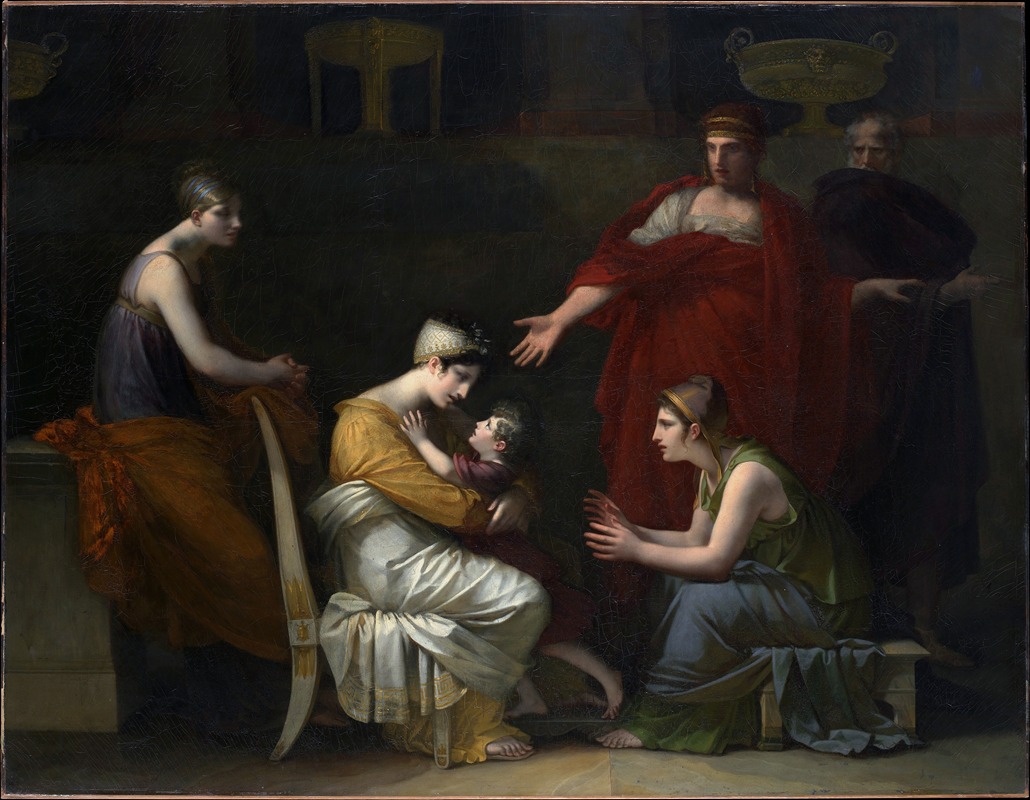
Andromache and Astyanax
A hand-painted replica of Pierre-Paul Prud'hon’s masterpiece Andromache and Astyanax, meticulously crafted by professional artists to capture the true essence of the original. Each piece is created with museum-quality canvas and rare mineral pigments, carefully painted by experienced artists with delicate brushstrokes and rich, layered colors to perfectly recreate the texture of the original artwork. Unlike machine-printed reproductions, this hand-painted version brings the painting to life, infused with the artist’s emotions and skill in every stroke. Whether for personal collection or home decoration, it instantly elevates the artistic atmosphere of any space.
Pierre-Paul Prud'hon was a French Romantic painter, renowned for his poetic and graceful style, which often drew comparisons to the works of Leonardo da Vinci and Correggio. His painting "Andromache and Astyanax" is a notable example of his ability to convey deep emotion and classical themes through his art.
"Andromache and Astyanax" depicts a poignant moment from Greek mythology, focusing on the figures of Andromache, the wife of the Trojan hero Hector, and their young son, Astyanax. This subject is rooted in the tragic events of the Trojan War, particularly following the fall of Troy. According to mythological accounts, after Hector's death at the hands of Achilles, Andromache and Astyanax faced a grim fate. The painting captures the tender and protective bond between mother and child amidst the backdrop of impending doom.
Prud'hon's work is characterized by its soft, atmospheric quality, achieved through his use of delicate brushwork and a muted color palette. In "Andromache and Astyanax," these techniques are employed to evoke a sense of melancholy and vulnerability. The figures are rendered with a gentle luminosity, highlighting Prud'hon's mastery of chiaroscuro, which adds depth and emotional resonance to the scene.
The composition of the painting is carefully balanced, with Andromache positioned as the central figure, her gaze directed towards her son, Astyanax. Her expression is one of sorrow and resignation, reflecting the inevitability of their tragic fate. Astyanax, depicted as a young child, clings to his mother, symbolizing innocence and the fragility of life in the face of war. The background, though not overly detailed, suggests a sense of desolation, reinforcing the theme of loss and despair.
Prud'hon's choice of subject matter aligns with the Romantic movement's fascination with themes of love, loss, and the sublime. His ability to convey complex emotions through his art made him a prominent figure in the transition from Neoclassicism to Romanticism in French art. "Andromache and Astyanax" exemplifies this shift, as it emphasizes emotion and individual experience over the idealized forms and heroic narratives typical of Neoclassical art.
The painting reflects Prud'hon's admiration for classical antiquity, yet it is infused with a personal sensitivity that distinguishes his work from that of his contemporaries. His approach to the mythological subject is intimate and humanistic, focusing on the emotional experiences of his characters rather than grandiose historical events.
"Andromache and Astyanax" is housed in the Louvre Museum in Paris, where it continues to be appreciated for its emotional depth and technical skill. Prud'hon's work remains influential, celebrated for its ability to capture the complexities of human emotion and its contribution to the development of Romantic art in France. Through this painting, Prud'hon invites viewers to reflect on the enduring themes of love, loss, and the human condition, resonating with audiences across generations.





